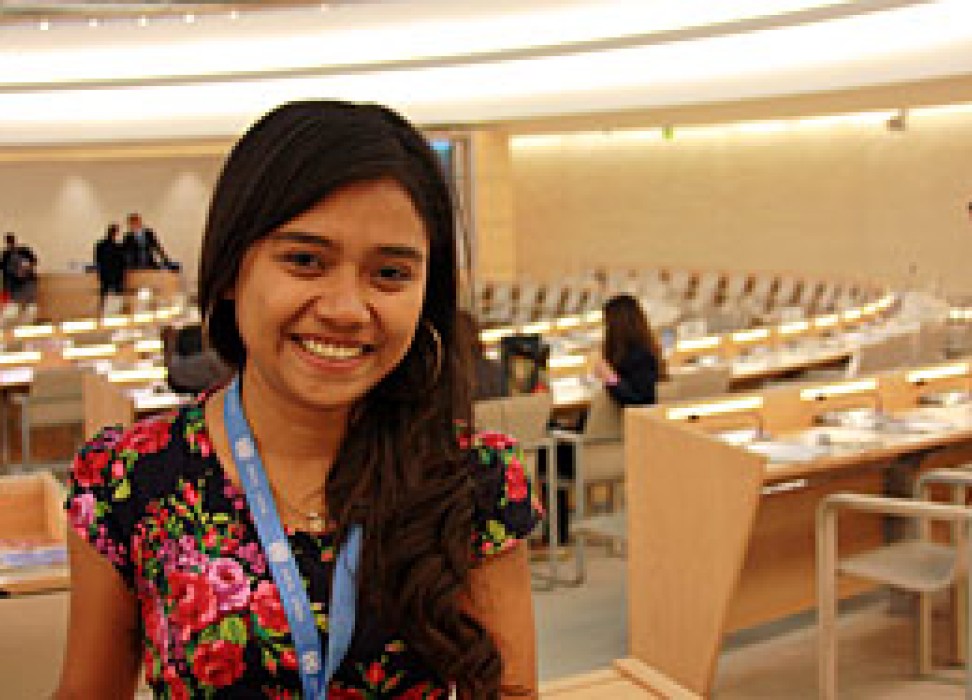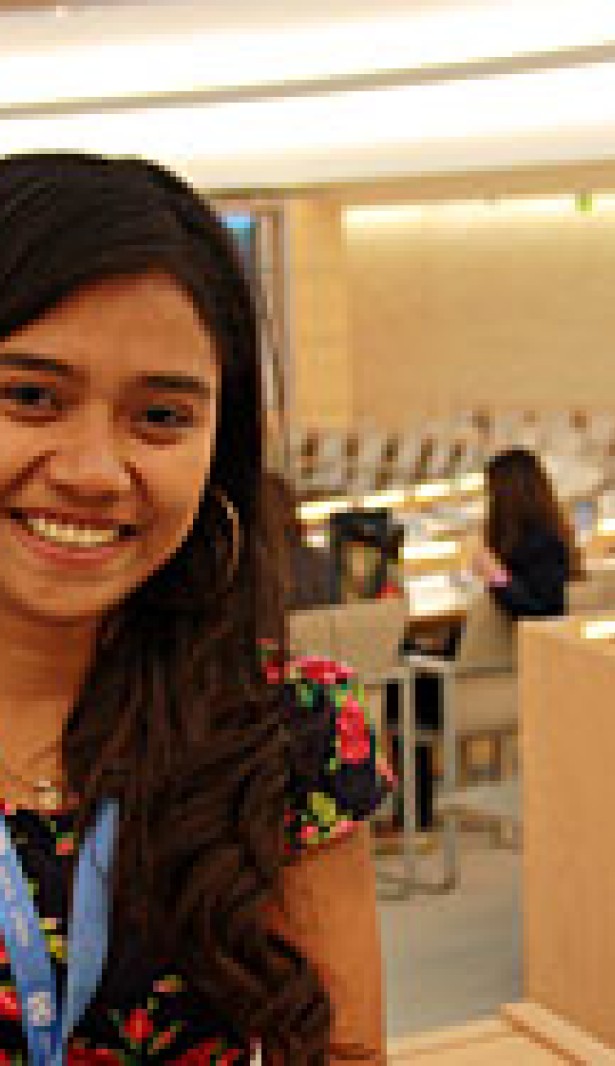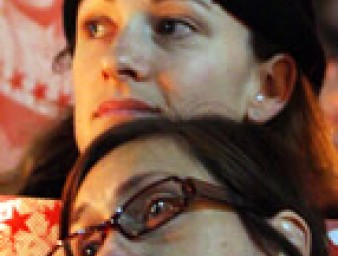Combining modern and traditional systems to protect indigenous land
07 September 2012

Patricia Wattimena is a member of the Haruku, an indigenous community located in the eastern part of Indonesia, on the Haruku Island that is part of the Moluccas. Her village is located in a coastal area that is rich in natural resources. Not surprisingly, the land in this area is very attractive to foreign investors and companies.
“Commercial exploitation of the land of indigenous communities has a destructive impact on their sacred sites,” says Wattimena. “Another problem is that the land which indigenous peoples depend on is no longer fertile after companies have exploited it.”
The 22-year-old works for the Indigenous Peoples’ Alliance in the Archipelago (AMAN), a community-based umbrella organization that represents 1993 indigenous groups in Indonesia. On behalf of her organization, she participated in the 2012 Indigenous Fellowship Programme that took place in Geneva at the United Nations Human Rights Office.
The Haruku have their own community-based system of regulations of natural resources called Sasi. Sasi is a set of traditional laws which regulates the relationship between the Haruku and their territory, and places restrictions on natural resources in order to preserve their quality and quantity.
This conservation method of natural resources is an example of successful indigenous decision-making, according to the UN Expert Mechanism on the Rights of Indigenous Peoples.
Wattimena believes Sasi and other systems of resource management built on indigenous knowledge and wisdom should be valued and protected.“Since 2009, AMAN has organized participatory mappings with the local communities to reduce the potential of conflict with companies,” she says.
Participatory mappings combine tools of modern cartography with the spatial knowledge of local communities to create maps that show information relevant and important to the community’s needs. The maps might contain local place names and symbols, as well as scales and features that represent local knowledge systems.
“The participatory mapping process is very important to indigenous peoples because it is one of their strengths to fight for their rights to land and territories, especially when dealing with legal processes,” Wattimena claims.
She was the youngest out of the 23 participants in the Fellowship Programme this year. When referred to her young age, Wattimena says she has had an interest in human rights issues since her teenage years. She first started out by getting involved in children’s rights and was awarded UNICEF’s Young Indonesia Leader Award in 2008.
Her work for AMAN and indigenous peoples’ rights is a natural prolongation of that engagement. “I enjoy this work very much, especially because I get the opportunity to work directly with the indigenous community,” she says.
The annual Indigenous Fellowship Programme aims to empower indigenous representatives and their communities by strengthening their knowledge of the UN human rights system. The program also seeks to build the participants’ capacity to protect and promote their human rights at the international level. From 1997 to 2012, 244 indigenous men and women participated in the program.
7 September 2012

